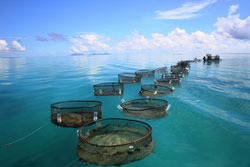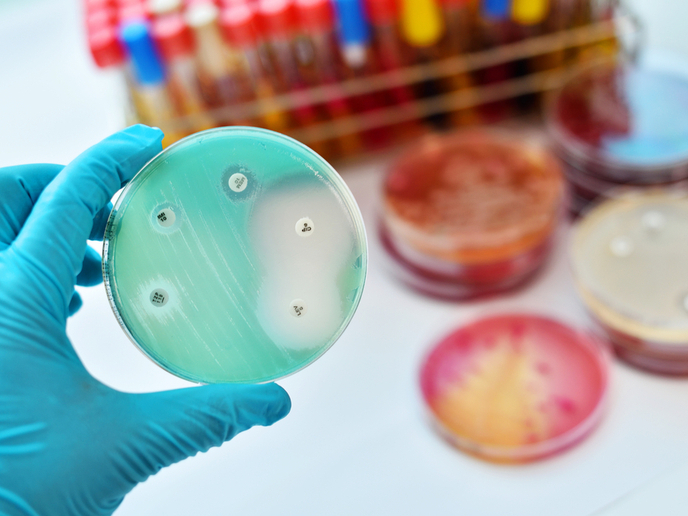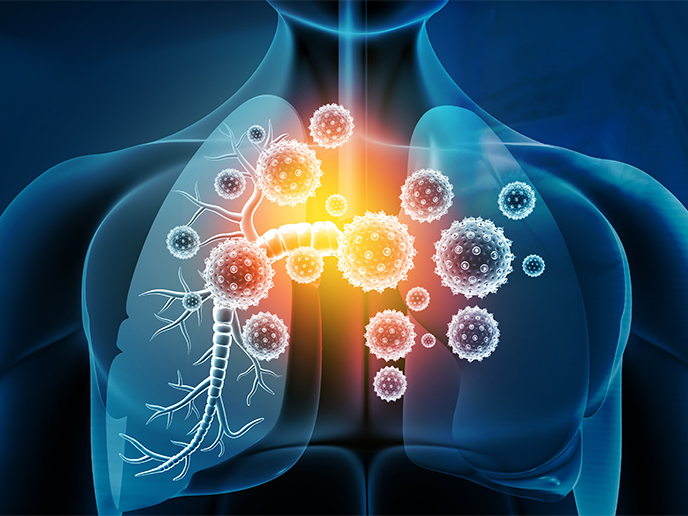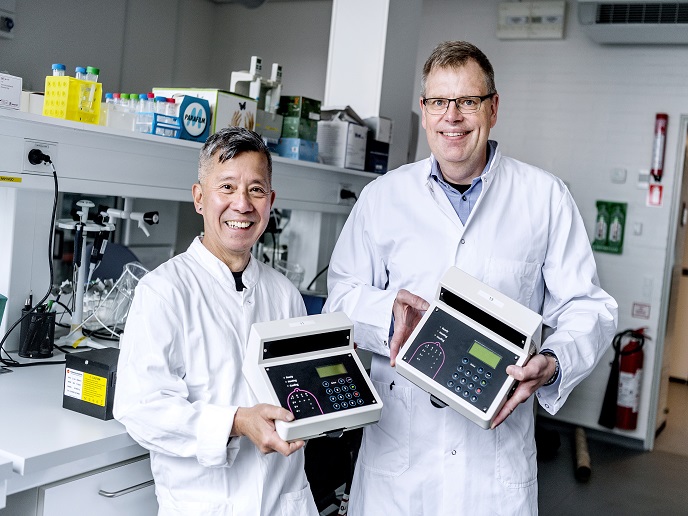Antibiotic resistance in Asian fish farms
Widespread resistance to antibiotics is progressing at an unacceptable rate. Reasons for this are varied but it is commonly accepted that the wholesale use of antibiotics in human medicine is an overwhelming factor. This is further compounded by their use in systems where animals are particularly prone to bacterial infection, notably in monocultural situations like agriculture and aquaculture. Multiresistance may also be spread within the bacteria themselves. Resistance genes are frequently found on a small ring of DNA, the plasmid, in the bacterial cell. The plasmid is transferable during so-called conjugation when genetic information is passed to bacteria that perform their version of sexual reproduction. Worryingly, a previously susceptible bacterium then can become a multiresistant microbe very easily by acquiring genes from its partner. The EC-funded project ASIARESIST, aware of the importance of aquaculture to the economy of South-East Asia, researched into antibiotic resistant heterotrophic microbes within aquatic ecosystems. The overall aim was to use the results to identify critical control points where farmers may be able to prevent this hazard occurring. At the University of Cantho in Vietnam, a project team investigated the resistance in samples of water, sediment and cultured organisms in farms in Thailand, Malaysia and Vietnam. More illuminating still, they looked for chloramphenicol (CHL) resistance In five species of fish cultured in the Mekong river delta. Altogether six antibiotics were studied including CHL, ampicillin and tetracycline. Using the disk diffusion method, they found varying degrees of multiresistance to three or four important antibiotics in over 50% of isolates. The team also studied the susceptibility of CHL resistant microbes to other antibiotics and whether the Gram status of the microbe was important. Antibiotic susceptibility depends partly on whether a bacterium is Gram-positive or Gram-negative because of differing cell wall structure. There was also found to be a significant difference in minimum inhibitory concentrations of CHL between Gram positive and negative bacteria. Finding antibiotic resistance in aquasystems to this extent is a serious development. However, armed with the data from these studies, strategic approaches can be devised to tackle this growing problem. The results have been disseminated as widely as possible to the interested parties including South-East Asian fish farmers, regional policy makers and the EU Commission itself. Workshops, a website and scientific publications have been the main means of distribution to enable policy to be as effective as possible.







